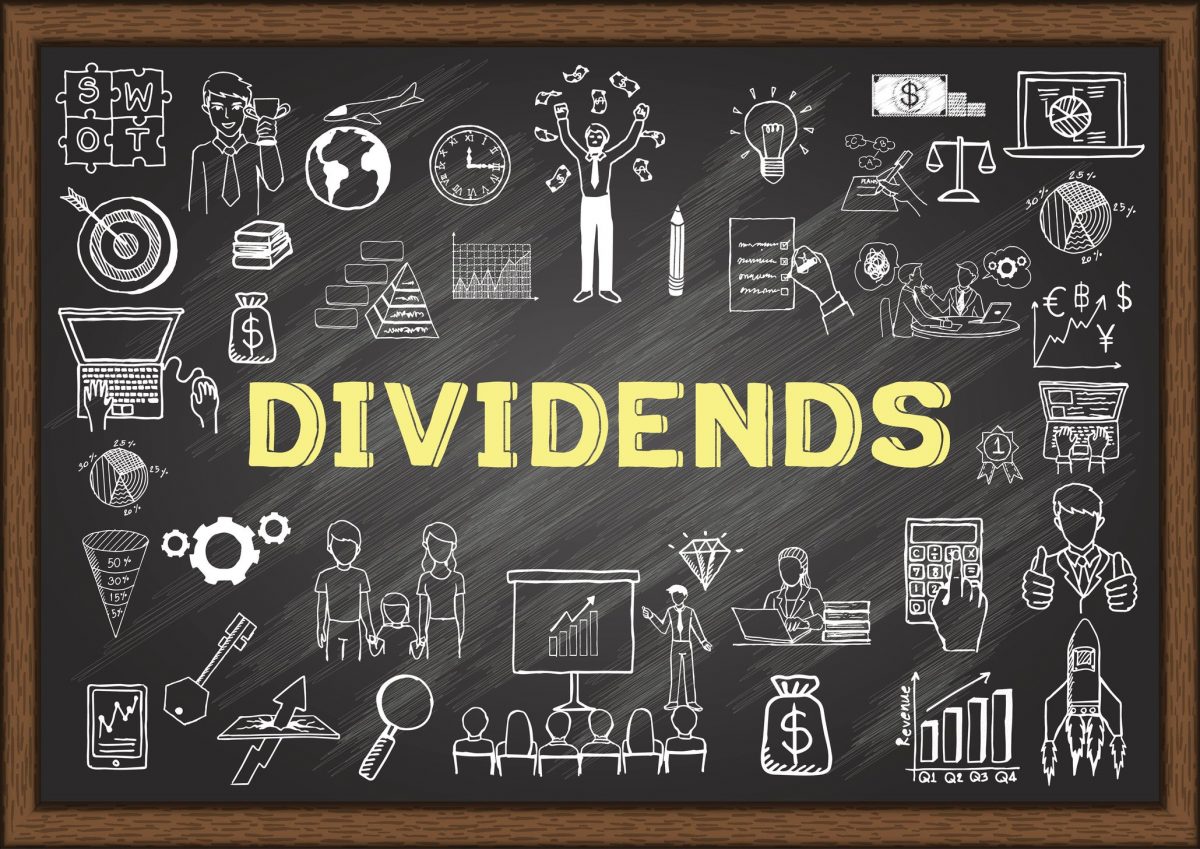It has been observed that Applied Materials and its peers have all called for strong growth in 2021, driven by record capital expenditure levels at TSMC (Taiwan Semiconductor Manufacturing Company) and Intel as well as solid memory spending.
Third-quarter sales rose 41% year over year to $6.2 billion, led by a 53% increase in the semiconductor systems group (SSG) revenue. Within SSG, equipment sales to logic and foundry customers grew 75% year over year. This strength has been attributed to investments supporting leading-edge process technologies at the likes of TSMC as well as lagging-edge processes that support end markets such as automotive and Internet of Things. Memory equipment sales also grew 26% year over year. Foundry and logic are expected to be the biggest growth drivers for Applied’s SSG sales in 2021.
Financial Strength:
The last price for Applied Materials Inc. was USD 129.20, whereas its fair value has been estimated to be USD 131. Besides, PE ratio of Applied during 2020 was 14.2, making it undervalued with reference to its sector. This suggests that there is room for growth of the Applied Materials Inc.
Management expects Applied’s fourth-quarter revenue to be up by 34% year over year at the midpoint, with momentum persisting into 2022. Also, the sales of Applied are expected to be $6.3 billion at the midpoint, with SSG at $4.6 billion, services at $1.3 billion, and display at $400 million.
Quarterly services revenue was nearly $1.3 billion and was up 24% year over year. In recent years, services and part sales from long-term service agreements have grown from 40% to 87% of total service revenue.
Company Profile:
Applied Materials is one of the world’s largest suppliers of semiconductor manufacturing equipment, providing materials engineering solutions to help make nearly every chip in the world. The firm’s systems are used in nearly every major process step with the exception of lithography. Key tools include those for chemical and physical vapor deposition, etching, chemical mechanical polishing, wafer- and reticle-inspection, critical dimension measurement, and defect-inspection scanning electron microscopes.
(Source: Morningstar)
General Advice Warning
Any advice/ information provided is general in nature only and does not take into account the personal financial situation, objectives or needs of any particular person.









